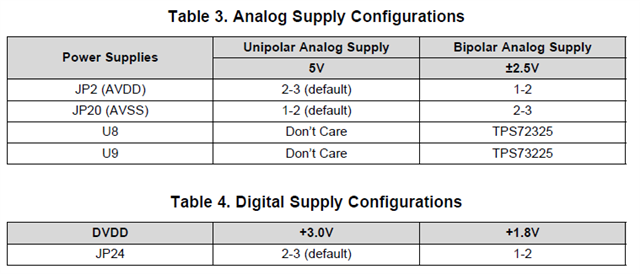Other Parts Discussed in Thread: ADS1299,
Tool/software:
Hello, I tried to build interface with ADS1299EEG front end through SPI..
The SPI did not working.
I have gone through these 2 threads.
However, these still not work for me.
Below is my wire connection.
Arduino D13 - ADS1299 SCLK
Arduino D12 - ADS1299 DOUT
Arduino D11 - ADS1299 DIN
Arduino D10 - ADS1299 CS
Arduino D9 - ADS1299 DRDY
Arduino GND - ADS1299 J3-4(GND)
----------------------------------------------
All jumpers on ADS1299 is default, and the voltage of every TP were matched the datasheet.
Did i lost something that should be connected between ADS1299 & Arduino?



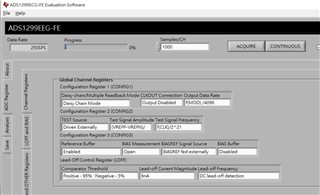


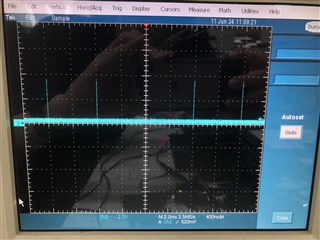
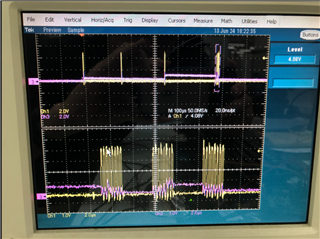



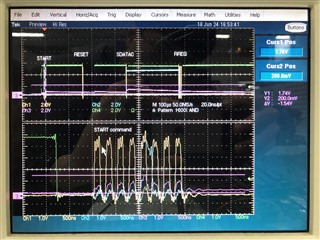
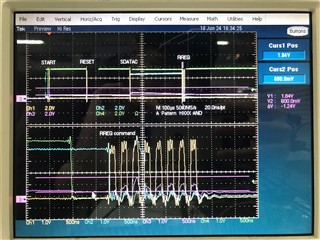
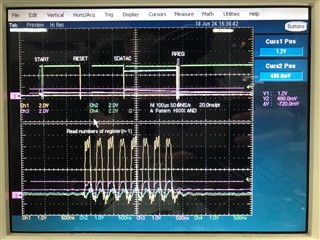
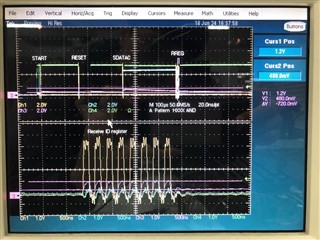

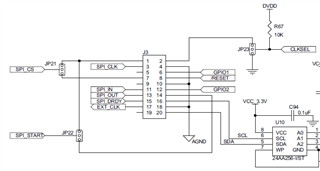
 (It's not real work, please ignore the 3V without power supply. I will use a voltage regulator or divider to lower the 5V input and supply to JP24).
(It's not real work, please ignore the 3V without power supply. I will use a voltage regulator or divider to lower the 5V input and supply to JP24).